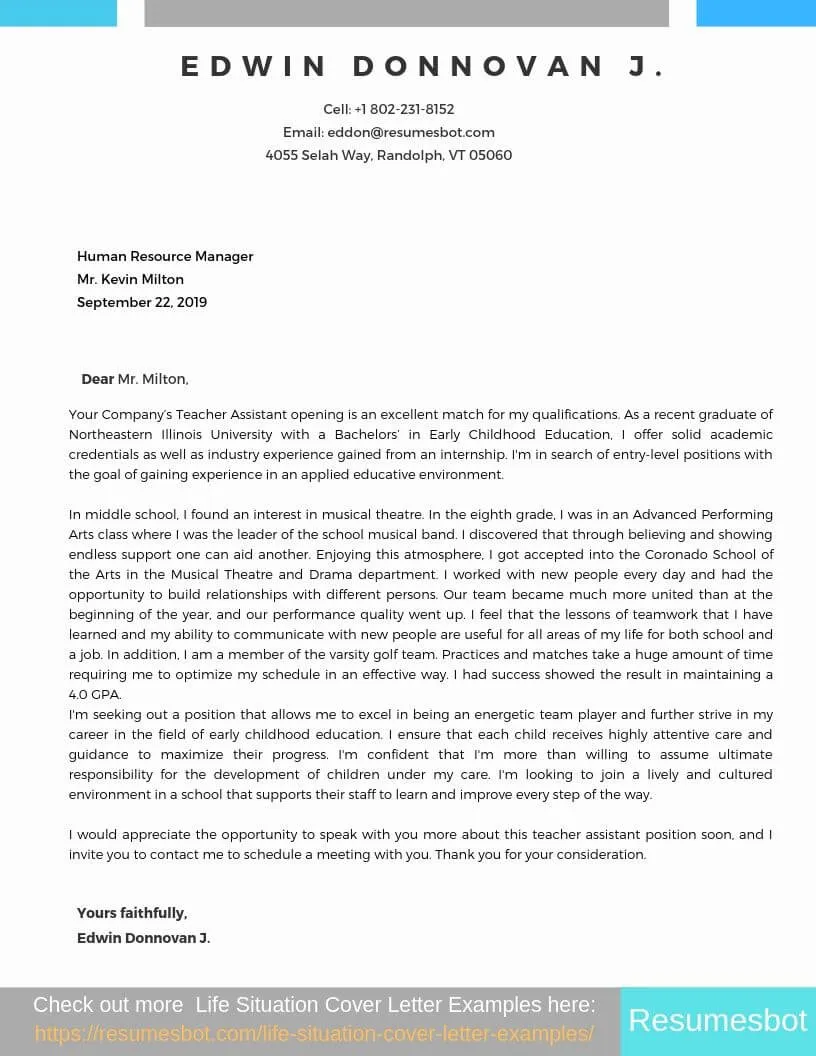Understanding the Cover Letter’s Importance
A cover letter is a critical document when applying for any teaching position, especially when you lack direct experience. It serves as your introduction to the hiring committee, allowing you to express your enthusiasm and qualifications beyond what’s listed in your resume. Think of it as your opportunity to make a positive first impression, demonstrating your suitability for the role and highlighting your unique strengths. A well-crafted cover letter can significantly increase your chances of landing an interview, while a poorly written one can lead to immediate rejection. It’s your chance to shine, even without a lengthy teaching background.
Why a Cover Letter Matters for Teaching Jobs
In the competitive field of education, a cover letter provides a space to personalize your application and connect with the school’s values. It’s a chance to showcase your passion for teaching and your understanding of the school’s needs. Even if you have limited experience, a strong cover letter can emphasize your potential and eagerness to learn. It lets you explain your career goals and how they align with the school’s mission. Moreover, it’s an opportunity to demonstrate your written communication skills, which are essential for teachers. Without a compelling cover letter, your application may be overlooked, even if you possess the necessary academic qualifications.
Highlighting Transferable Skills
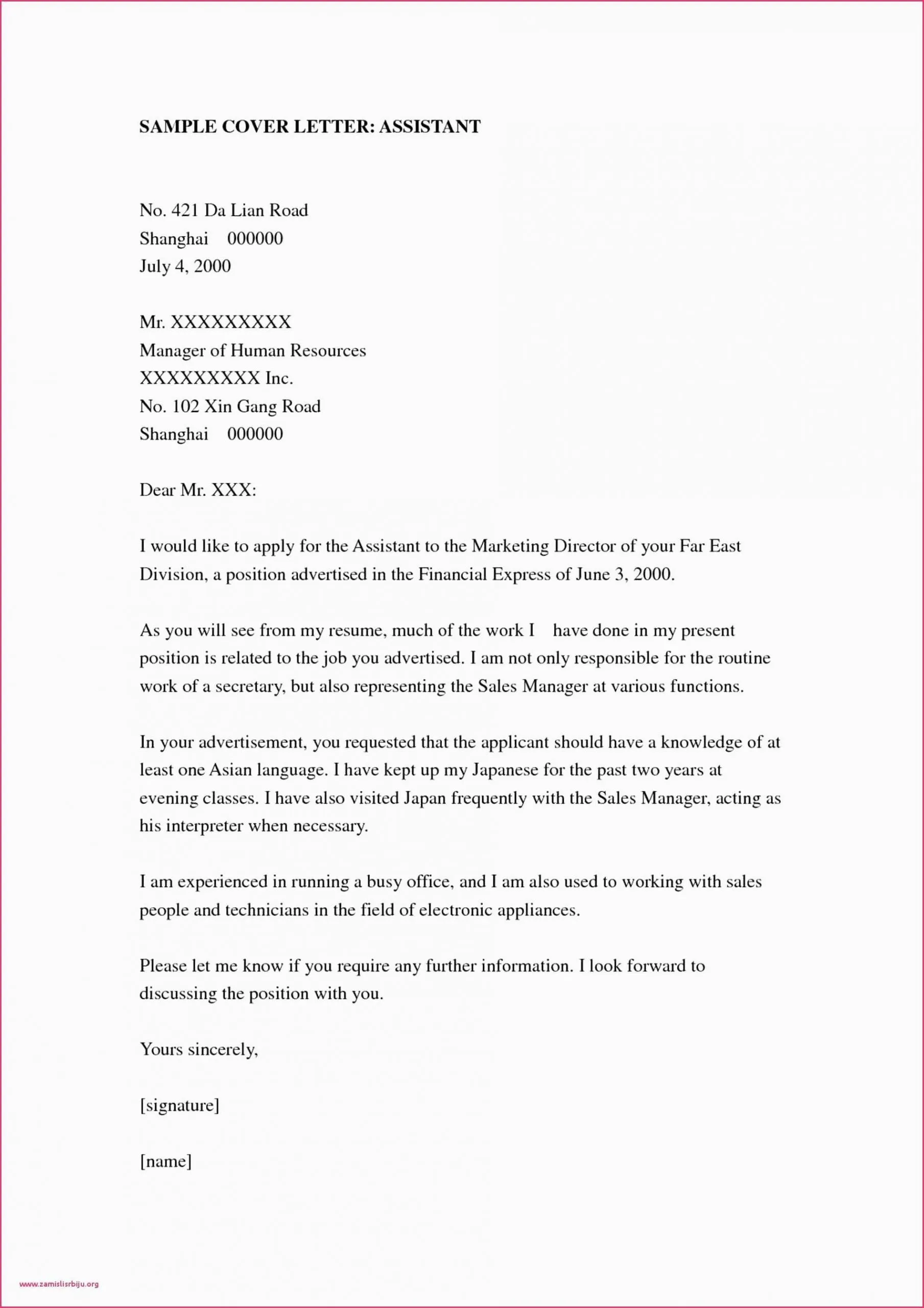
When you lack direct teaching experience, focusing on transferable skills becomes crucial. These are skills acquired in other contexts, such as previous jobs, volunteer work, or academic projects, that are relevant to teaching. Think about skills like communication, leadership, organization, problem-solving, and empathy. These skills can be directly applied in a classroom setting. For example, experience in customer service can be framed as experience in communication and conflict resolution, skills vital for managing a classroom. Volunteer experience working with children, even in a non-teaching capacity, can demonstrate your ability to connect with young people and create a positive learning environment.
Identifying Relevant Skills for Teaching
To identify relevant skills, carefully review the job description. Note the key requirements and identify the skills that align with your existing experience. Common transferable skills include communication (both written and verbal), presentation skills, the ability to explain complex information, organizational skills, time management, patience, and the ability to adapt to different learning styles. Consider any experience where you’ve had to lead a group, manage projects, or resolve conflicts. These experiences provide valuable evidence to support your claim of possessing essential teaching skills. Tailor your cover letter to emphasize the skills most relevant to the specific position you are applying for.
Showcasing Soft Skills Without Experience
Even without direct teaching experience, soft skills like empathy, patience, and the ability to connect with students are invaluable. The cover letter is the perfect place to highlight these. Provide specific examples of how you’ve demonstrated these skills in the past. For example, if you’ve mentored a younger person, describe how you built rapport and offered support. If you’ve volunteered in a tutoring program, highlight your ability to explain concepts clearly and adapt to different learning needs. Focus on instances where you’ve shown initiative, creativity, and a genuine interest in helping others learn and grow. Use these examples to illustrate your passion for teaching and your ability to create a supportive learning environment. Remember to quantify your achievements whenever possible, even if it’s just describing the number of people you’ve helped.
Formatting Your Cover Letter
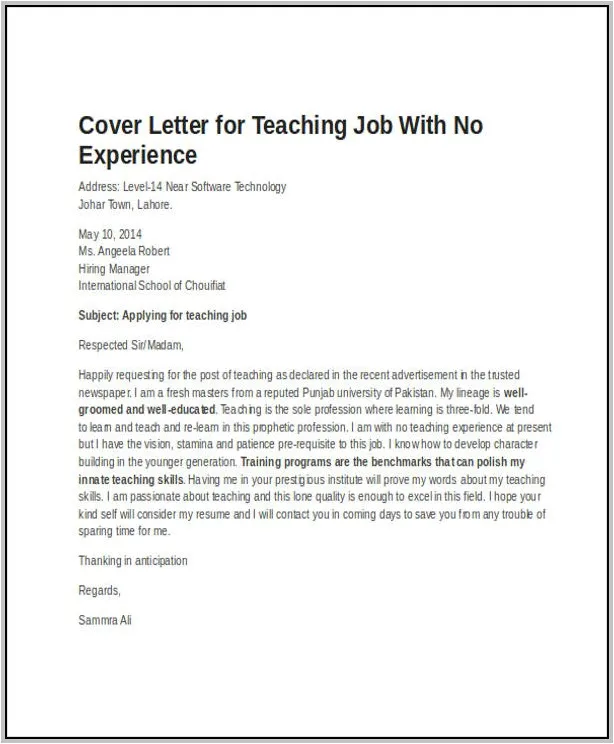
A well-formatted cover letter is professional and easy to read. Use a standard business letter format. Begin with your contact information, followed by the date and the recipient’s information (hiring manager’s name, title, school name, and address). Choose a clean, easy-to-read font like Times New Roman or Arial, and use a font size between 11 and 12 points. Maintain consistent margins (typically one inch on all sides) and use single-spacing within paragraphs with a space between each paragraph. This formatting ensures your letter is visually appealing and makes it easier for the reader to absorb the information. Proper formatting shows that you pay attention to detail, which is a critical attribute for a teacher. Consider using a template to ensure consistency and professionalism.
Contact Information and Date
Your contact information should be at the top of the letter. Include your full name, phone number, email address, and optionally, your LinkedIn profile URL. Make sure your email address is professional (e.g., firstname.lastname@email.com). Following your contact information, include the date, which is the day you are sending the letter. This immediately establishes when you are applying for the position. Ensure the information is accurate and up-to-date, as the hiring manager will use it to contact you for an interview.
Addressing the Hiring Manager
Always address the hiring manager by name if possible. Research the school’s website or use LinkedIn to find the name and title of the person responsible for hiring. Addressing your letter to a specific individual shows that you’ve taken the time to personalize your application and demonstrate your interest in the position. If you can’t find a specific name, use a professional greeting like “Dear Hiring Committee” or “Dear [Department Name] Hiring Manager.” Avoid generic greetings like “To Whom It May Concern,” as these can make your letter feel impersonal and less engaging. Tailoring the greeting reflects your attention to detail and your ability to establish professional communication.
Writing a Compelling Opening Paragraph
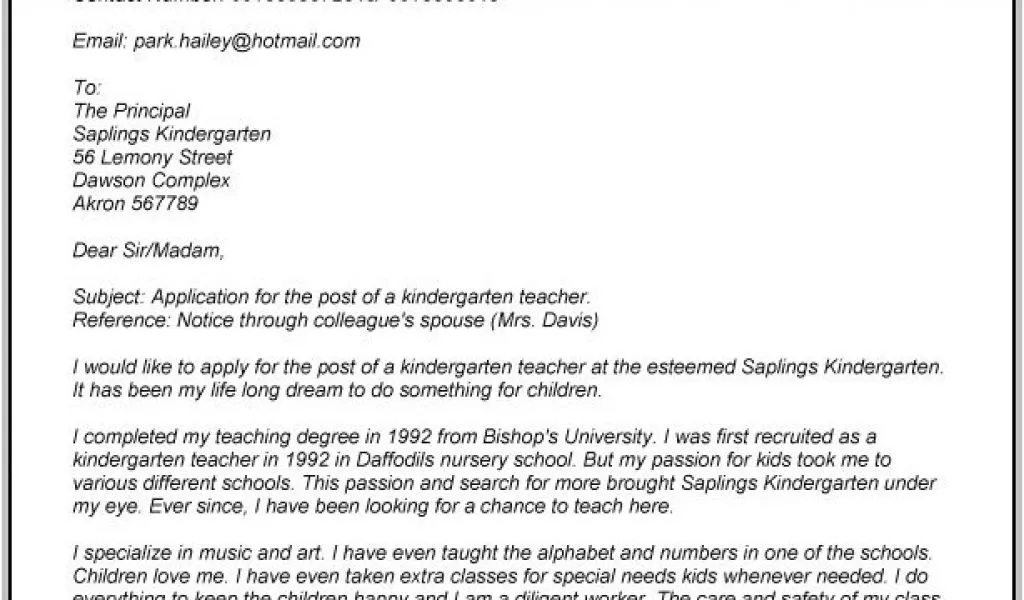
The opening paragraph is your opportunity to capture the hiring manager’s attention and make them want to read more. State the position you are applying for, where you saw the advertisement, and why you are interested in the role. Express your enthusiasm for the school and its mission. If you have any connections to the school or its community (e.g., a former student, a friend who works there), mention it. The first paragraph should be concise, engaging, and clearly communicate your intent to apply. It sets the tone for the rest of the letter and should make the reader eager to learn more about your qualifications and your passion for teaching.
Grabbing Attention Immediately
To grab attention, start with a strong opening statement that reflects your enthusiasm for the position and the school. Consider mentioning something specific that drew you to the job, such as the school’s innovative programs or its commitment to student success. You could also share a brief anecdote that reflects your passion for teaching or a relevant experience that showcases your skills. Avoid generic statements like “I am writing to express my interest…” Instead, try something like, “I am thrilled to apply for the [position] at [school], as I am deeply impressed by your commitment to [school’s mission].” This approach immediately engages the reader and demonstrates your genuine interest.
Expressing Passion and Enthusiasm
Your passion for teaching should be evident throughout your cover letter. Use enthusiastic language and positive phrasing. Describe your excitement about working with students and your dedication to creating a supportive and engaging learning environment. Show that you are genuinely excited about the specific teaching opportunity. Use phrases like “I am passionate about…”, “I am enthusiastic about…”, or “I am eager to…” to convey your energy and commitment. Relate your passion to the specific school and position by explaining how your values align with the school’s mission and goals. Expressing your enthusiasm shows the hiring manager that you are not just looking for a job, but are dedicated to contributing to the school’s success.
Body Paragraphs Explaining Your Value
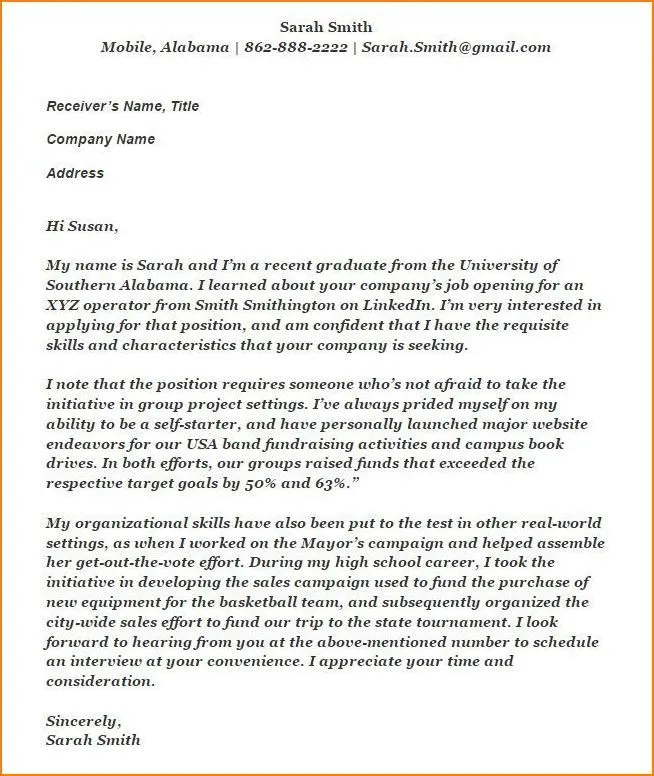
The body paragraphs are where you showcase your skills and experiences, and explain why you are a good fit for the position. Focus on highlighting your transferable skills and how they align with the job requirements. Provide specific examples to support your claims. Use the STAR method (Situation, Task, Action, Result) to describe your experiences. This method allows you to provide context and quantify your achievements. Keep your paragraphs concise, focused, and tailored to the specific job description. Explain what you can bring to the school in terms of your skills, enthusiasm, and approach to teaching. The body paragraphs should be a compelling narrative that demonstrates your abilities and sets you apart from other applicants.
Connecting Skills to Job Requirements
Carefully analyze the job description and identify the key skills and qualifications the school is seeking. In your body paragraphs, explicitly connect your skills and experiences to these requirements. Don’t just list your skills; explain how you’ve used them effectively in the past. For instance, if the job description emphasizes classroom management, provide examples of how you’ve successfully managed groups of people or resolved conflicts. If the description mentions lesson planning, describe your approach to designing engaging and effective lessons. By directly linking your skills to the job requirements, you demonstrate your understanding of the role and your ability to meet the school’s needs. This targeted approach shows that you have the specific qualities the school is looking for.
Providing Evidence of Skills
Back up your claims with concrete examples. Instead of simply stating that you have excellent communication skills, provide specific instances where you’ve demonstrated this skill. For example, describe a presentation you gave, a project you led, or a difficult conversation you navigated. Use the STAR method to provide context, describe the task, explain your actions, and highlight the results. The more specific you are, the more credible your claims will be. This approach shows the hiring manager that your claims are based on real-world experiences and that you have the skills and the experience to be successful in the classroom. Providing evidence builds trust and demonstrates your ability to apply skills effectively.
Highlighting Relevant Experiences
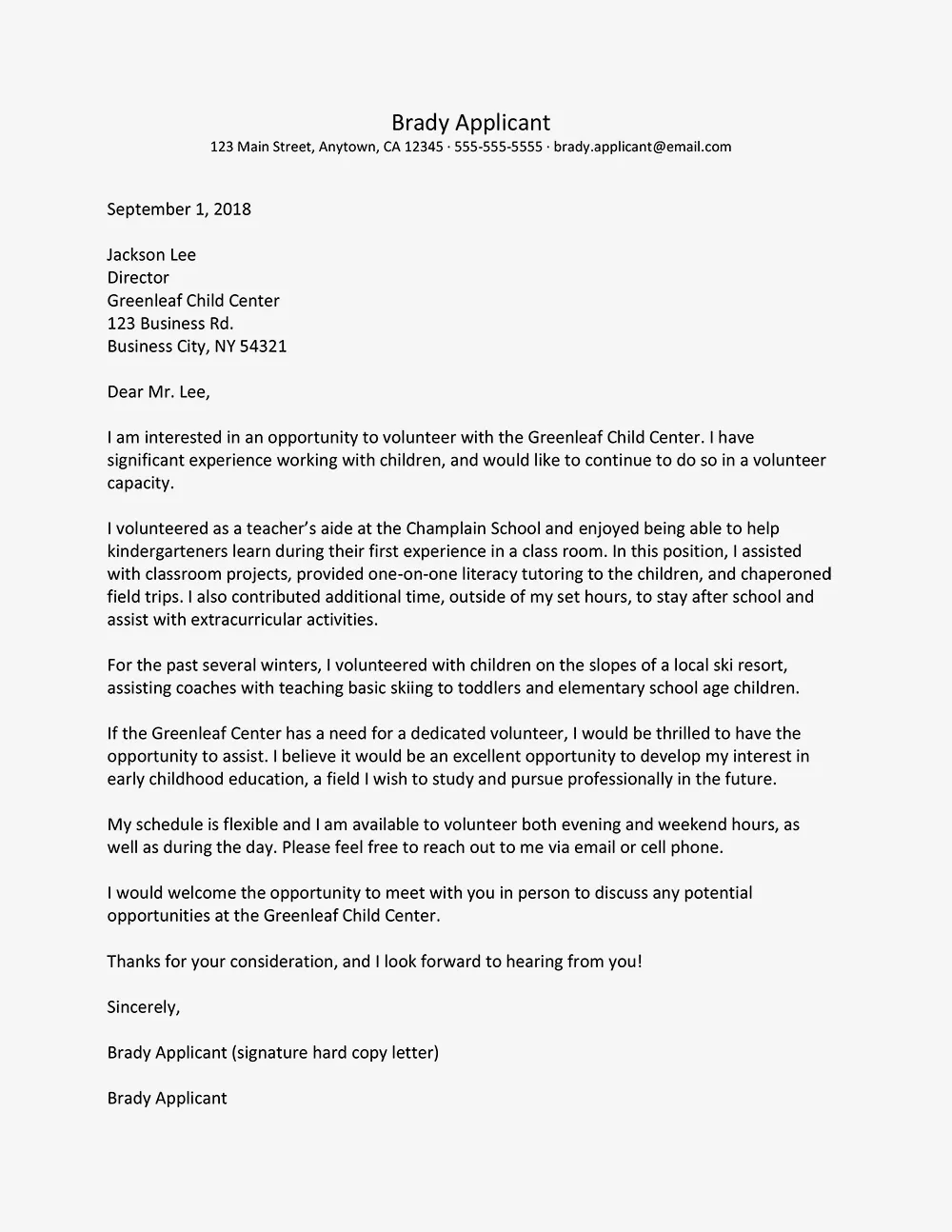
Focus on experiences that align with the teaching role, even if they aren’t directly related to teaching. This could include volunteer work with children, mentoring experience, leadership roles, or any situation where you were responsible for guiding and supporting others. Emphasize the skills you gained in these experiences, such as communication, patience, conflict resolution, and organizational skills. If you have any experience in tutoring or assisting in a classroom, be sure to highlight it. Even if your experience is limited, show how your past roles have prepared you to teach. This shows your ability to apply your skills in a teaching context, which is especially important if you lack direct classroom experience.
Quantifying Achievements (Even Without Experience)
Even if you don’t have formal teaching experience, try to quantify your achievements whenever possible. Instead of saying you improved student performance, state by how much. If you volunteered as a tutor, mention the number of students you helped or the specific areas where you saw improvement. Quantifiable data makes your claims more credible and shows the impact of your actions. For example, “Increased student comprehension of [subject] by 15%” or “Tutored 10 students in [subject] over the course of six months.” These metrics provide concrete evidence of your abilities and demonstrate your impact. Quantifying achievements allows the hiring manager to see the tangible results you have produced.
Using Action Verbs to Showcase Accomplishments
Use strong action verbs to describe your skills and accomplishments. Action verbs make your descriptions more dynamic and engaging. Start each sentence describing your accomplishments with a powerful verb. Examples include “developed,” “implemented,” “managed,” “coordinated,” “led,” “created,” “tutored,” “mentored,” or “assisted.” For example, instead of saying “I was responsible for helping students,” say “I assisted students with [specific tasks], resulting in…” Action verbs help you paint a vivid picture of your skills and the impact you’ve made. This approach will make your letter more memorable and demonstrate your accomplishments.
Writing a Strong Closing Paragraph
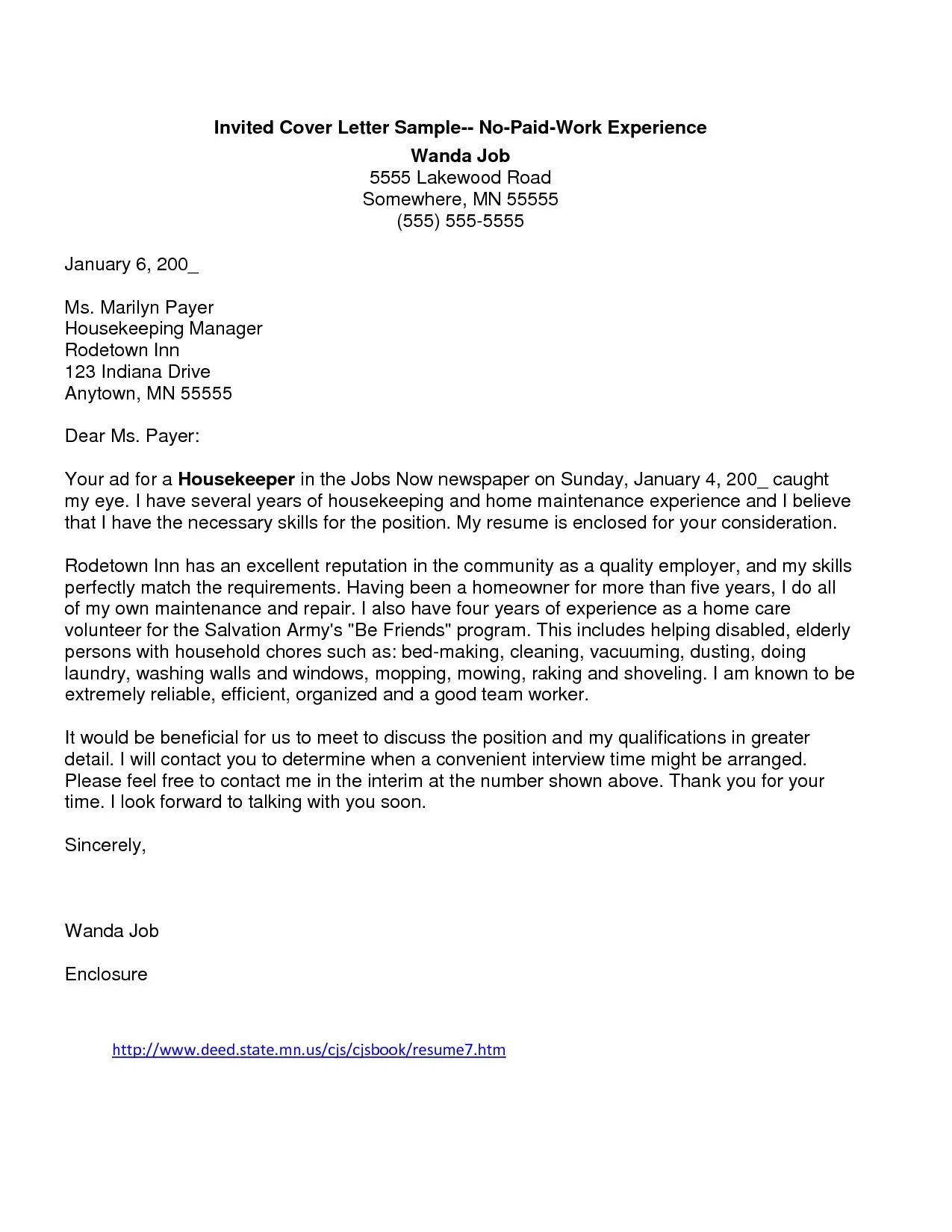
The closing paragraph should summarize your interest in the position, reiterate your enthusiasm, and express your gratitude for the opportunity. Clearly state that you are looking forward to hearing from them and are available for an interview. Reiterate your skills and qualifications while expressing your desire to contribute to the school. Keep the tone positive and professional, and use strong language to convey your interest. A well-written closing paragraph leaves a lasting impression and encourages the hiring manager to contact you.
Reiterating Interest and Gratitude
Reiterate your interest in the position and express your gratitude for the hiring manager’s time and consideration. Thank them for reviewing your application and express your excitement about the prospect of contributing to their school. Consider using phrases like “I am eager to learn more about this opportunity” or “Thank you for considering my application.” This shows your genuine appreciation for the opportunity and leaves the reader with a positive impression. Restate your interest in the role to reinforce your enthusiasm and make it clear that you are highly motivated to get the job.
Call to Action How to Follow Up
Include a clear call to action, such as encouraging the hiring manager to contact you to schedule an interview. State your availability and how they can reach you. Avoid being too passive. Instead, make it easy for them to take the next step by including a sentence like, “I am available for an interview at your earliest convenience and can be reached at [phone number] or [email address].” This approach demonstrates your proactive nature. You can also mention the expected timeline of your response. End the letter with a professional closing, such as “Sincerely” or “Respectfully,” followed by your typed name.
Proofreading and Editing
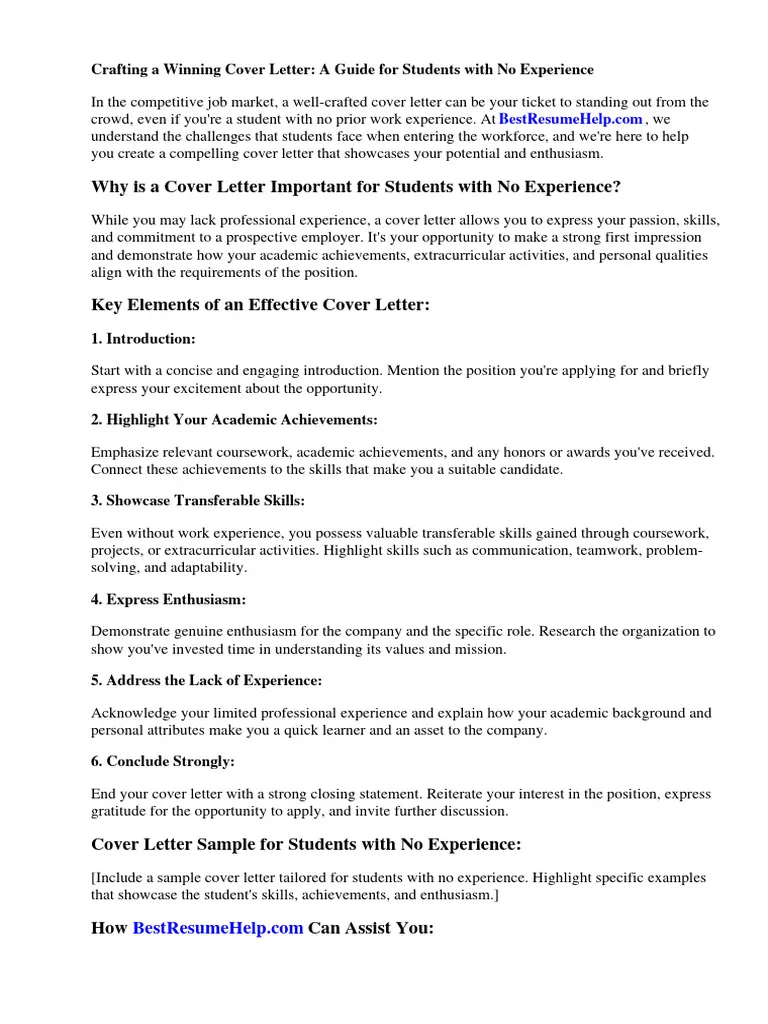
Before submitting your cover letter, carefully proofread and edit it for any errors in grammar, spelling, punctuation, and formatting. Even minor errors can detract from your professionalism. Read your letter aloud to catch any awkward phrasing or unclear sentences. Ask a friend, family member, or career counselor to review your letter for feedback. Use a grammar checker tool, but don’t rely on it entirely. Double-check the school’s name, the hiring manager’s name, and any other specific details. Make sure your letter is clear, concise, and well-organized. A polished cover letter reflects your attention to detail and your commitment to quality, which are essential traits for a teacher.
Ensuring Error-Free Content
Accuracy is paramount in a cover letter. Use a grammar checker and spell checker, but manually review every line. Pay close attention to sentence structure, word choice, and overall clarity. Ensure your letter reads smoothly and logically. Eliminate any jargon or technical terms that the hiring manager may not understand. Keep your language simple and direct. Check that all the information is accurate. Consider having someone else review it to catch mistakes you might have missed. Taking the time to ensure your cover letter is free of errors demonstrates your professionalism and attention to detail.
